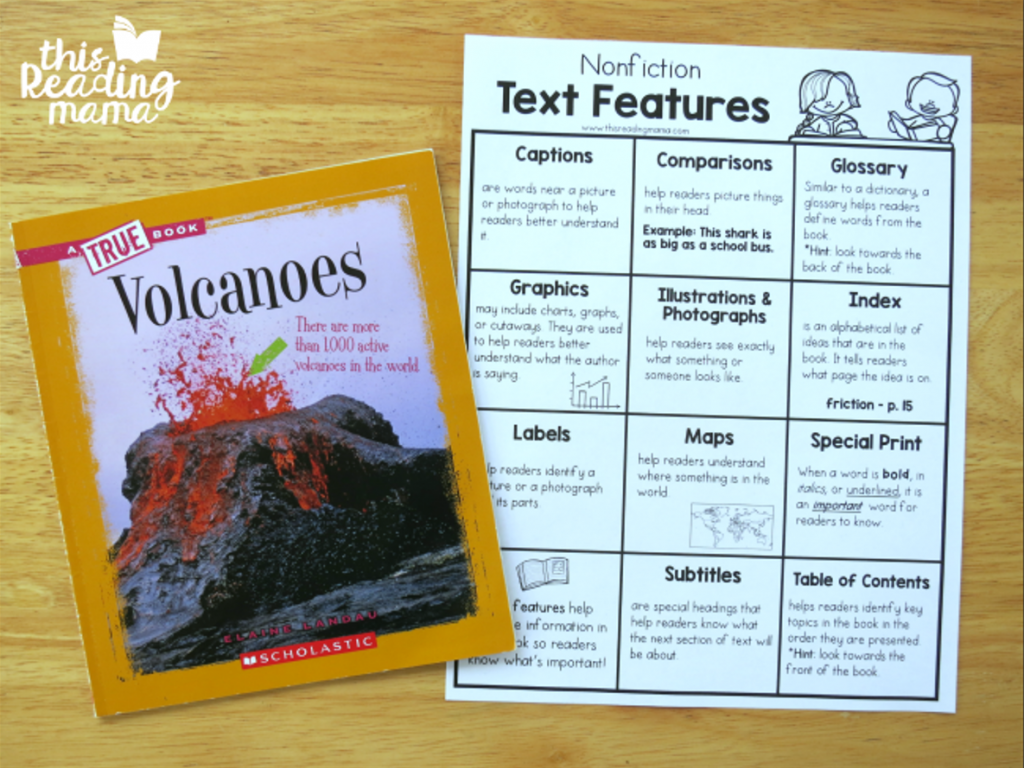Name Countries Of Asia: Region 4
Subject: Social studies
Grade: Eighth grade
Topic: Asia: Geography
Please LOG IN to download the presentation. Access is available to registered users only.
View More Content
Exploring Asia: Region 4
– Asia: Earth’s largest continent
– Region 4: Characteristics
– Region 4 includes countries like Afghanistan, Pakistan, and India.
– Listing Region 4 countries
– Students will identify all countries in this region.
– Significance of Region 4
– Understanding political & cultural importance.
|
This slide introduces students to Asia, focusing on its size and diversity as the largest continent. The lesson narrows down to Region 4, which is characterized by a unique blend of cultures, languages, and political landscapes. The main activity for the students is to name all the countries within this region, which may include Afghanistan, Pakistan, India, and others, depending on the specific classification used. Discuss the significance of this region in terms of its geopolitical and cultural relevance. Encourage students to explore the physical and political maps of Asia to familiarize themselves with the countries and their locations. This exercise will help students to better understand the complexity and diversity of Asia as a continent.
Exploring Asia: Region 4 Geography
– Asia’s varied physical features
– Mountains like the Himalayas, vast rivers like the Yangtze, and extensive plains
– Climate zones across the continent
– Climates range from the freezing tundra of Siberia to the tropical forests in Southeast Asia
– Cultural diversity in Asia
– A mosaic of languages, religions, and traditions
– Region 4: Countries and characteristics
– Focus on specific countries in Asia’s region 4, exploring unique geographical traits
|
This slide aims to provide students with an overview of Asia’s geography, focusing on region 4. Start by discussing the continent’s diverse physical features, including the towering mountain ranges, expansive rivers, and broad plains that define its landscape. Then, transition to the various climate zones found across Asia, explaining how geography influences climate and, in turn, the way of life. Highlight the cultural diversity, emphasizing the rich tapestry of peoples, languages, and traditions that make up the continent. Finally, narrow down to region 4, identifying the countries within this area and discussing their specific geographical features. Encourage students to research more about one country in region 4 for a deeper understanding.
Exploring Asia: Region 4 Countries and Capitals
– Locate Region 4 on the map
– Use a map of Asia to identify where Region 4 is situated
– Enumerate countries in Region 4
– List includes nations such as Thailand, Vietnam, and Malaysia
– Learn capitals of Region 4 countries
– Bangkok is the capital of Thailand, Hanoi for Vietnam, Kuala Lumpur for Malaysia
– Understand the geography of Region 4
– Region 4 features diverse landscapes from mountains to coastal areas
|
This slide aims to familiarize students with the geographical area designated as Region 4 in Asia. Start by showing where Region 4 is located on a map of Asia. Then, list the countries that are part of this region, ensuring to highlight each one on the map as you mention it. Next, go through the capitals of these countries, associating each capital with its respective country. Discuss the geographical diversity of Region 4, touching on the different types of landscapes and climates found within these countries. Encourage students to think about how geography might influence the culture and daily life in these nations.
Asia’s Region 4: Geography’s Influence
– Major mountains and rivers
– Explore the Himalayas, Mekong & Yangtze rivers
– Unique landscapes in Region 4
– From steppes to rainforests, diversity abounds
– Geography shaping culture
– Traditions, food, and clothing reflect the geography
– Daily life and natural surroundings
– Farming, housing, and transport depend on terrain
|
This slide aims to explore the physical features of Asia’s Region 4, which includes the major mountains such as the Himalayas and significant rivers like the Mekong and Yangtze. Highlight the unique landscapes found in this region, from vast steppes to dense rainforests, and discuss how these geographical features have shaped the cultures within Region 4. Explain how the geography influences the daily life of the inhabitants, including their farming practices, the types of houses they build, and the means of transportation they use. Encourage students to think about how their own lives might be different if they lived among these features. This will help students understand the deep connection between geography and human activity.
Cultural Highlights of Asia: Region 4
– Traditional clothing in Region 4
– Kimono in Japan, Hanbok in Korea
– Festivals and celebrations
– Diwali in India, Lunar New Year in China
– Diversity of languages
– Mandarin, Hindi, Japanese, Korean
– Predominant religions
– Buddhism, Hinduism, Islam, Shintoism
|
This slide aims to give students a glimpse into the rich cultural tapestry of Asia’s Region 4. Discuss the unique traditional clothing such as the Kimono in Japan and the Hanbok in Korea, which are not just fashion statements but also a reflection of historical and cultural significance. Highlight major festivals like Diwali in India, which signifies the victory of light over darkness, and the Lunar New Year in China, a time for family reunions and hope for the new year. Explore the linguistic diversity, including widely spoken languages like Mandarin and Hindi, and the various religions practiced in the region, such as Buddhism, Hinduism, Islam, and Shintoism in Japan. Encourage students to research more about these cultural aspects and possibly share any personal experiences or family traditions related to these countries.
Economic Activities in Asia: Region 4
– Agriculture: Crops & Practices
– Rice, tea, and rubber; terraced farming, irrigation systems
– Industry: Key Sectors
– Textiles, electronics; export-driven manufacturing
– Services: Tourism & Tech
– Travel hotspots, emerging tech hubs; significant revenue
– Economic Impact on Region
|
This slide aims to provide an overview of the main economic activities in Asia’s Region 4. Students should understand the diversity and significance of agriculture in the region, with rice, tea, and rubber being prominent crops, supported by traditional practices like terraced farming. The industrial sector is often characterized by textiles and electronics, with many countries becoming centers of global manufacturing. The service sector is boosted by tourism, with many countries offering rich cultural experiences, and technology, with rapid growth in tech industries. Discuss the economic impact these sectors have on the region’s development, stability, and role in the global economy. Encourage students to explore how these economic activities interlink with cultural and social aspects.
Challenges in Asian Region 4: Environmental and Societal Impacts
– Tackling pollution in Region 4
– Industrial growth leads to air and water pollution, affecting health and ecosystems.
– Conservation efforts needed
– Protecting natural habitats and endangered species is crucial for biodiversity.
– Urbanization and its effects
– Rapid city expansion affects housing, infrastructure, and resources.
– Population growth concerns
– High birth rates and migration strain services and resources.
|
This slide addresses the significant challenges faced by Region 4 in Asia, focusing on environmental and societal issues. Pollution from industrial and urban activities has led to severe health and ecological problems, necessitating urgent conservation efforts to protect natural habitats and endangered species. Urbanization, driven by the search for better opportunities, has resulted in overcrowded cities, while population growth has put additional pressure on already strained resources and services. It’s important to discuss the global implications of these challenges, as they can affect climate change, international policies, and global economic stability. Encourage students to think critically about these issues and consider sustainable solutions that could be implemented locally and globally.
Class Activity: Mapping Asia’s Region 4
– Interactive map labeling of Region 4
– Identify and label countries and capitals on the map.
– Group discussion on country facts
– Each group picks a country to research and discuss.
– Reflect on geography’s impact
– Consider how physical geography affects culture, economy, and daily life.
– Share findings with the class
|
This activity aims to engage students with the geography of Asia’s Region 4 through an interactive map labeling exercise. Students will work in groups to identify and label each country and its capital on a provided map. Following this, they will research and share interesting facts about their chosen country, fostering collaborative learning. The reflection part of the activity encourages students to think critically about the relationship between geography and lifestyle. Teachers should facilitate the discussion, ensuring each group participates and understands the significance of geographical features on human activities. Possible activities include creating a fact file for each country, discussing the influence of mountains and rivers on settlement patterns, or exploring cultural diversity within the region.






